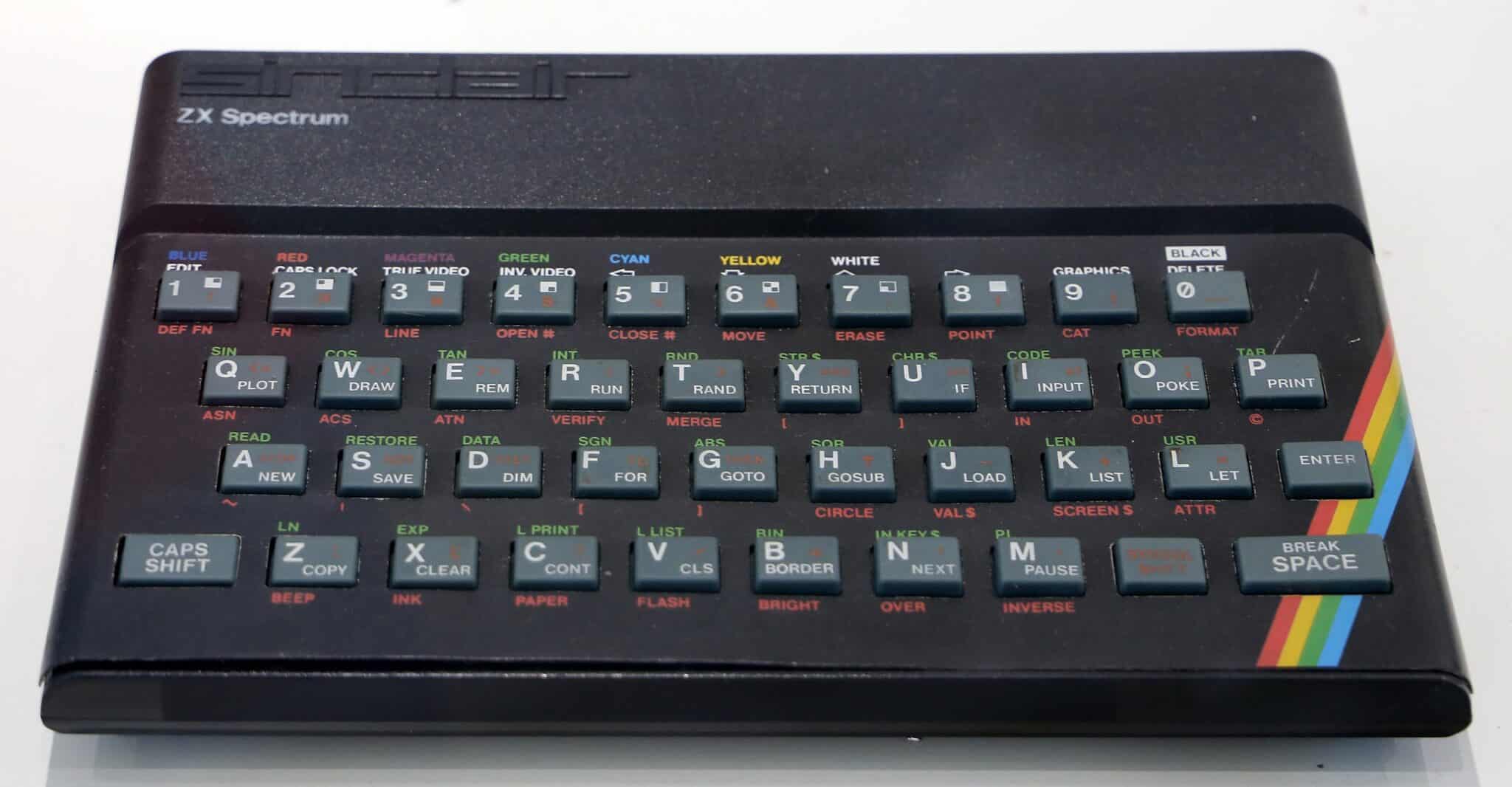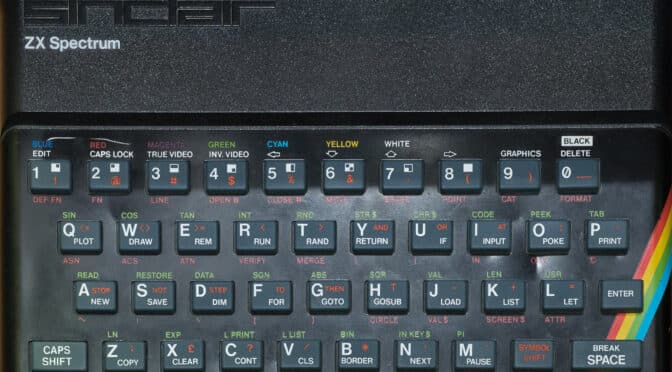Welcome to Part 1 of our series on Vintage Computers, where we’ll be taking a nostalgic journey back in time to explore the groundbreaking machines that shaped the computing landscape. In this series, we’ll delve into the origins, innovations, and lasting legacies of various iconic computers, examining their impact on the industry and their influence on modern technology. From the hobbyist programmer to the gaming enthusiast, these vintage machines ignited passions and laid the foundation for the thriving digital world we know today. So, join us as we embark on this exciting trip down memory lane, beginning with the Sinclair ZX Spectrum – the iconic 8-bit marvel that revolutionized home computing and gaming.

The Sinclair ZX Spectrum, initially released in 1982, marked a significant milestone in home computing. As an affordable, accessible computer, it helped democratize technology and spurred the development of the gaming industry. This 8-bit marvel introduced a generation to programming and gaming. This review will delve into the ZX Spectrum’s performance, design, and how it influenced the computing world.
Firstly, the ZX Spectrum’s hardware was quite advanced for its time. Equipped with a Zilog Z80A CPU, it offered processing speeds of 3.5 MHz and memory options of 16KB or 48KB RAM. Although these specifications appear quaint by today’s standards, they were impressive at the time, especially considering the compact design and affordable price point.
The ZX Spectrum’s design is iconic, with a black case and rainbow stripe across the bottom right corner. The compact keyboard, utilizing rubber keys, was a significant departure from the typical clunky computer keyboards of the era. Although the rubber keys were not ideal for typing, they were sufficient for inputting simple programming commands and playing games. The unit’s overall size and design made it an attractive option for many households, as it could be easily integrated into a living room or bedroom setup.
One of the most significant aspects of the ZX Spectrum was its vibrant community of programmers and enthusiasts. They developed a vast array of games and software, showcasing the computer’s capabilities and versatility. Titles like “Manic Miner,” “Jet Set Willy,” and “Elite” quickly became classics, and many developers who started on the ZX Spectrum went on to have successful careers in the gaming industry.
The ZX Spectrum’s programming capabilities were also notable. With Sinclair BASIC as the default programming language, many users found it easy to learn and create their own software. This accessibility led to a thriving ecosystem of hobbyist programmers, who shared their creations with friends and through magazines. The computer also offered expansion options, such as Interface 1 and Interface 2, which allowed for peripherals like printers and additional storage to be connected.
However, the Sinclair ZX Spectrum was not without its flaws. The audio capabilities were limited to simple beeps, and the graphics resolution was relatively low, with a maximum of 256×192 pixels. Additionally, the notorious “attribute clash” occurred when two colours overlapped on the screen, causing colour distortion. Despite these limitations, developers created engaging and memorable games that still resonate with retro gaming enthusiasts today.
In conclusion, the Sinclair ZX Spectrum was a groundbreaking computer that brought affordable home computing to the masses. Its unique design, programming capabilities, and gaming library helped shape the future of the industry. Although it may not hold up against modern technology, the ZX Spectrum remains an important piece of computing history, and its influence can still be felt today.
In retrospect, the Sinclair ZX Spectrum was a game-changer, quite literally. It fostered a new generation of developers and gamers who went on to create the foundation for the thriving gaming and technology industries we know today. For those seeking a nostalgic trip down memory lane or a taste of computing history, the ZX Spectrum is worth exploring.

